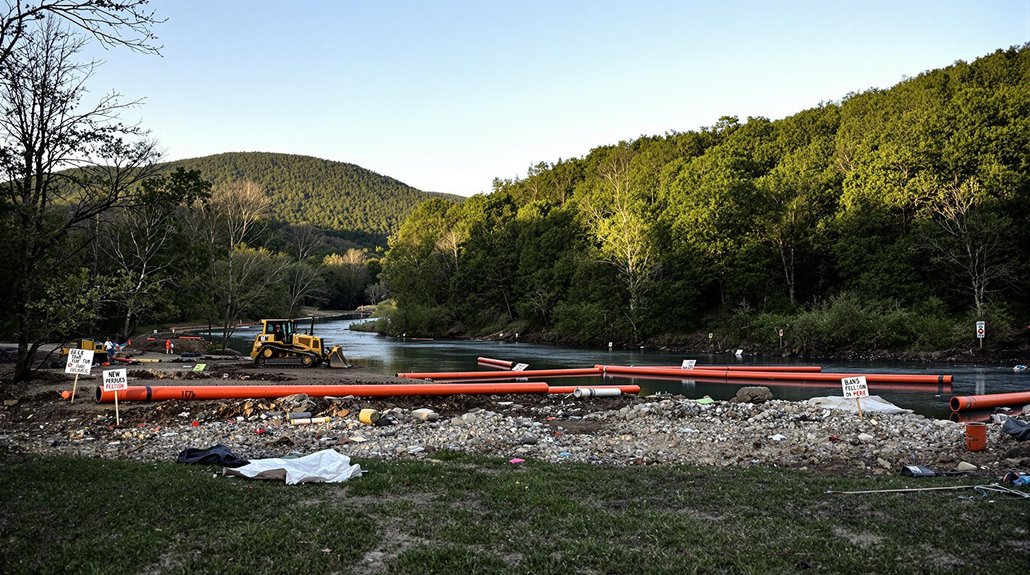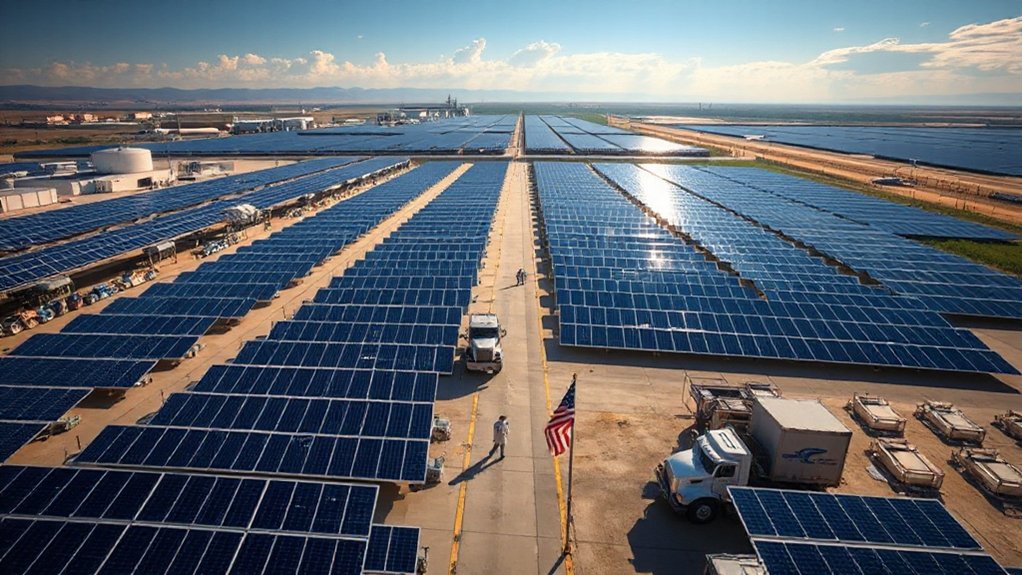In a move that’s sending shockwaves through the renewable energy sector, the Interior Department has issued a new “capacity density” rule that could severely limit wind and solar projects on federal lands. The rule defines “capacity density” as a project’s nameplate generation capacity multiplied by its projected capacity factor, divided by the project’s total acreage.
The order directs federal agencies to use this metric when deciding whether to approve renewable energy projects. Projects with lower capacity density than “reasonable alternatives” may now be denied permits. This new formula is being presented as an objective way to measure land-use efficiency.
Federal agencies must now evaluate renewable projects using the capacity density formula, rejecting those with lower efficiency than alternatives.
According to the Interior Department, wind and solar projects use more federal land per unit of energy than nuclear, gas, or coal facilities. The department specifically highlights fossil fuels and nuclear as “superior” energy sources based on this metric, claiming they generate more energy while using less land.
The practical impact could be devastating for renewable energy development. Estimates suggest about 35 solar and 3 wind projects on federal lands may face rejection or indefinite delays. This comes at a time when solar and wind combined already provide 17% of electricity in the United States, a significant contribution to the power grid. The order completely disregards the environmental benefits of renewables when making permitting decisions. Offshore wind proposals not already under construction are also targeted for denial.
The Trump administration argues that wind and solar unnecessarily degrade federal lands. The order frames the issue regarding upholding land conservation standards, with the Interior Secretary describing it as a matter of “arithmetic, physics, and common sense.”
Critics see the rule as a deliberate attempt to block clean energy while favoring fossil fuel extraction. Renewable industry groups describe it as a major obstacle to expanding clean energy production. They argue the rule gives only the appearance of objectivity while actually serving to protect fossil fuel interests.
The order follows several other Trump administration initiatives aimed at restricting renewable energy development, creating significant uncertainty for developers regarding future permits on federal lands. The three-page secretarial order, signed by Doug Burgum, represents a deliberate policy continuation of previous actions taken against renewable energy initiatives.
References
- https://heatmap.news/sparks/interior-department-wind-solar-land-use
- https://www.eenews.net/articles/burgums-density-order-creates-new-roadblock-for-renewables/
- https://www.eenews.net/articles/another-burgum-order-cold-cocks-solar-and-wind/
- https://www.rtoinsider.com/111688-feds-pile-on-more-barriers-wind-solar/
- https://blogs.law.columbia.edu/climatechange/2025/05/05/100-days-of-trump-2-0-renewable-energy-siting-and-permitting/









